With 425 phase-detection AF points, continuous shooting at 11fps with autofocus, a 24.2-million-pixel APS-C CMOS sensor, 4K video capture and a whole host of other features, the Sony Alpha 6300 takes APS-C compact system cameras to a new level. Richard Sibley puts it through its paces.
Sony Alpha 6300 review
Sony Alpha 6300 review – Image quality
While the Sony Alpha 6300 has a 24.2-million-pixel APS-C sensor that is largely the same as that in the Alpha 6000, what most Alpha 6300 users should consider is the lenses they are using with the camera. We tested the Alpha 6300 with the Sony 16-50mm f/3.5-5.6 Power Zoom, the Zeiss 16-70mm f/4 and the new Sigma 30mm f/1.4 lenses. The difference in quality when using the latter two lenses produces far sharper images. Sony could do with a few more premium lenses in its APS-C E-mount line-up. Raw images have a good level of detail, and when editing them using the latest version of Adobe Camera Raw I found that colour, sharpness and noise levels can all be easily controlled. However, Sony tends to be a bit heavy handed with its JPEG compression and noise reduction, and fine textures can look a little soft. However, it isn’t an issue unless you are pixel-peeping.
Dynamic range
With a maximum dynamic range of 12.4EV at ISO 100, the dynamic range of the Alpha 6300 is good. There is a gradual decline in the dynamic range as the sensitivity increases, and it is still a respectable 10.6EV at ISO 800. After ISO 3,200 the drop is quite severe, with it dropping from 8.8EV down to 7.6EV at ISO 6,400, dropping further still at the maximum sensitivities. To get the best out of the available dynamic range, I found it best to overexpose slightly, then darken the shadow and highlight areas when editing.
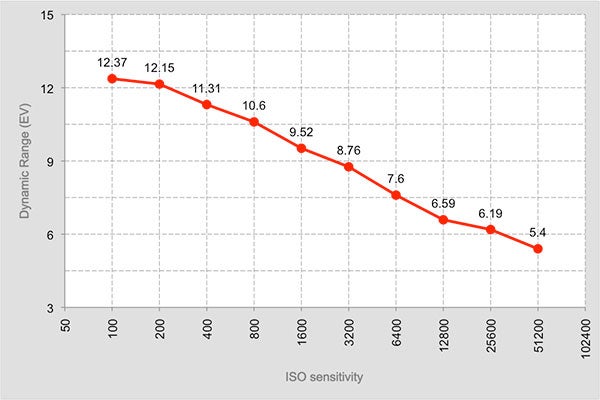
Resolution
The Alpha 6300 performed well in our line test chart. It reaches almost 3,200lp/ph at ISO 100, although there are some signs of moiré patterning. The Alpha 6300 holds on to a high level of detail at 3,000/lp/ph until it reaches ISO 800, where there is the first really noticeable drop-off after this point. As with the noise, it is beyond the ISO 6,400 point that the resolution really begins to drop, and although the Alpha 6300 still reaches around 2,700lp/ph at ISO 12,800 it is badly affected by noise and loss of detail.
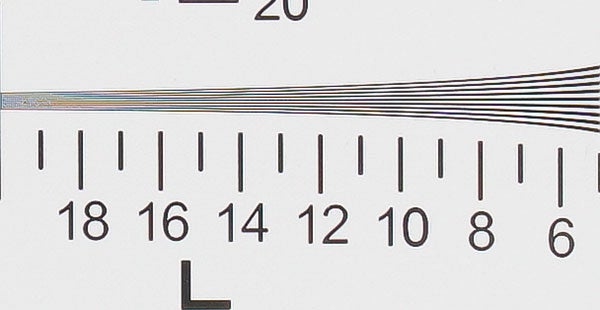
JPEG ISO 100

JPEG ISO 400

JPEG ISO 1,600

JPEG ISO 6,400

JPEG ISO 25,600

JPEG ISO 51,200
Noise
Both raw and JPEG images taken from our diorama scene are captured at the full range of ISO settings. The camera is placed in its default setting for JPEG images. Raw images are sharpened and noise reduction applied, to strike the best balance between resolution and noise.
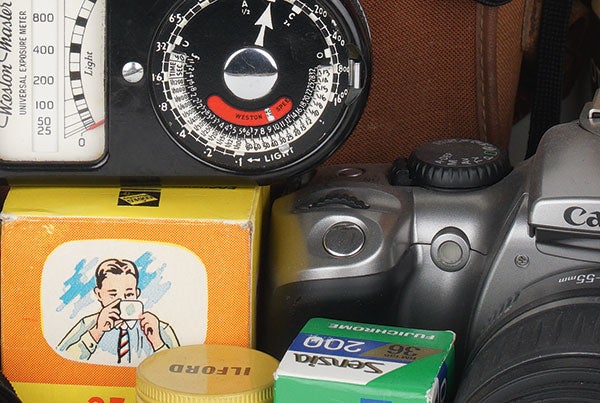
JPEG ISO 100
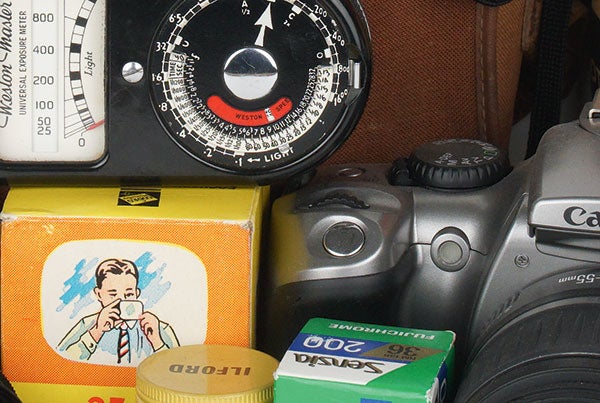
JPEG ISO 400
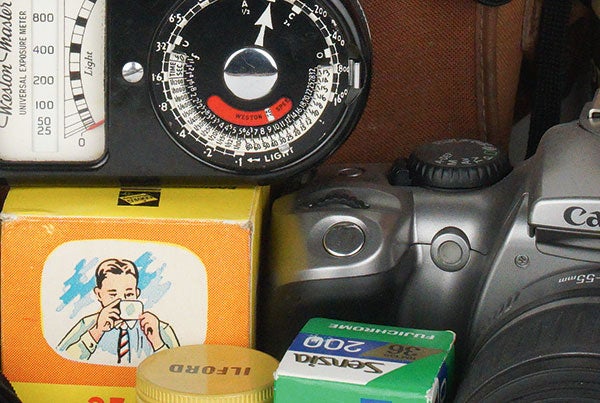
JPEG ISO 1,600
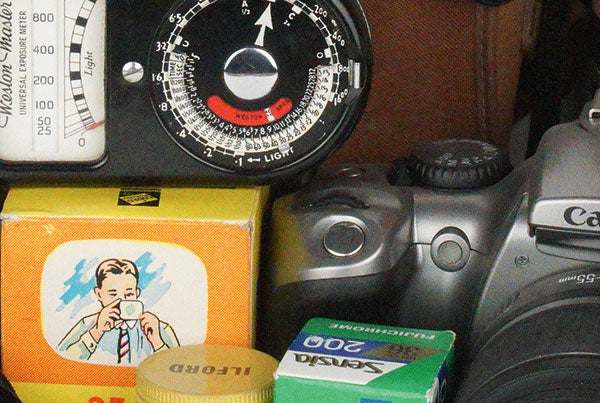
JPEG ISO 6,400
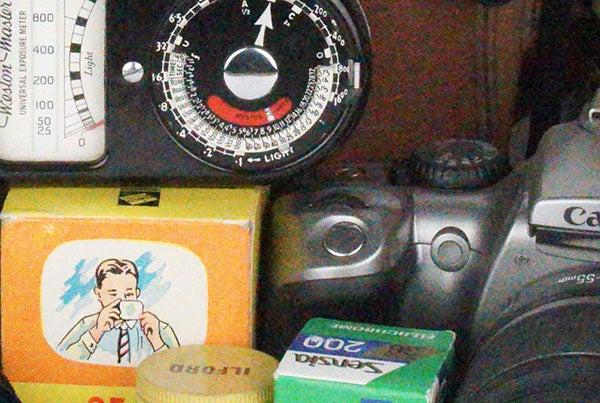
JPEG ISO 25,600
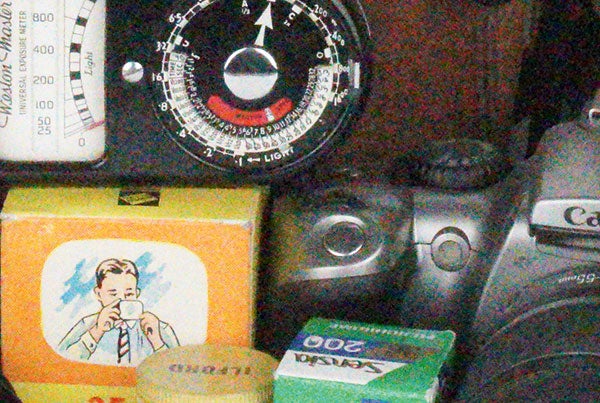
JPEG ISO 51,200
Although the copper wiring on the sensor of the Alpha 6300 is said to improve the image quality compared to the Alpha 6000, we found that the differences were quite subtle. That said, at low sensitivities there does appear to be less noise in shadow areas when you manipulate raw images. The extended highest sensitivity of ISO 51,200 (up from 25,600 in the Alpha 6000) suffers heavily from noise and is best avoided. It really isn’t a useful increase, and although it looks better on the specification, leaving the maximum sensitivity at 25,600 would have been sufficient given the level of noise. As usual, I would suggest avoiding the highest two settings, with ISO 12,800 being as high as you really want to push the sensor, and ideally ISO 6,400 should be the highest you want to go unless it’s in extremely dark situations.




